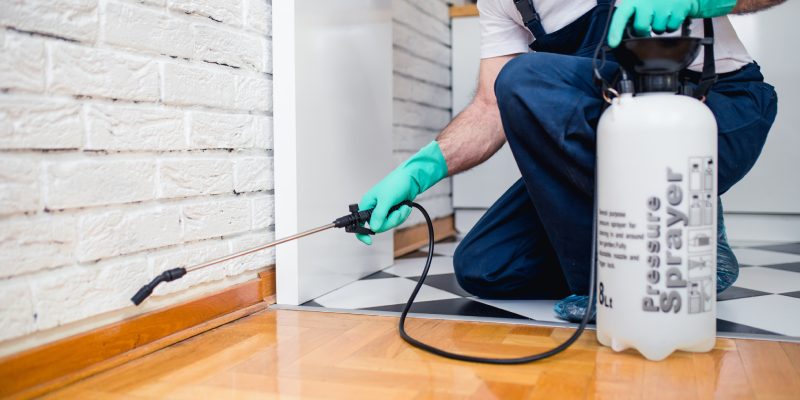
Subterranean termites can be a very challenging problem for a homeowner. They are often not visible but are doing extreme damage inside walls and other hidden areas. They might be active for several years before you realize you are sharing your home with them. By then, you may have to spend thousands of dollars to repair the hidden structural or visual damage they did.



